There are 18 great companion plants for melons in this list that can help you to get started and with a little companion planting strategy. You’re going to see firsthand the differences you’ll be getting come harvest time.
We’ll also tell you some of the worst companions, just to help you get around some potential pitfalls when you’re planning your garden.
Growing fresh melons that you can take from garden to table takes a little more work that we sometimes like to let on. After all, humans aren’t the only ones who love delicious melons, but thankfully Nature has given us enough demonstrations that we can use companion planting to help those melons in a number of interesting, and useful ways.
The right companions can do things like improve the soil, repel pests, attract pollinators, or even beneficial insects and birds… but how to choose?
Without further ado, let’s talk about companion plants for melons and what you need to know to make the most out of Nature’s useful strategies!
Table of Contents
Good companion plants for melons
In the section below, we’ll tell you about some good companion plants for your melons that can really help to even up the odds with pests, hungry animals, and even issues with the soil so that your melons will grow up healthy and strong. To keep things interesting, we’ll give you some herbs, veggies and fruits, and some ornamental plants that also bring a few aces up their sleeve that you’re going to love. Let’s take a look and you can see what you think!
Kitchen and medicinal herbs
1. Dill
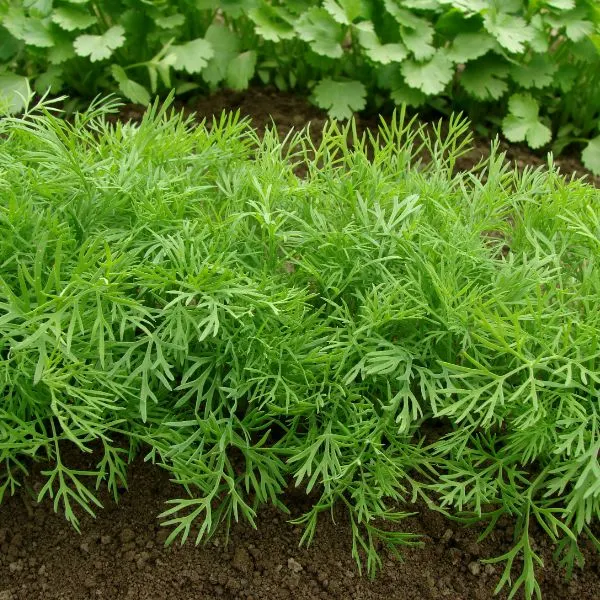
- Botanical name: Anethum graveolens
- Sun Requirements: Full sun
- Soil Type: Well-drained, slightly acid soil
If you love growing a little fresh dill for the kitchen, then consider planting it in-between the rows of your melons and as long as you harvest your dill regularly, the two will get along like gangbusters. Dill is a ‘light eater’ when it comes to your soil’s resources, so it won’t compete with your melons
When you add in that Ladybugs will be attracted to the dill and keep the aphids off of it and your melons, then you’ve really got a great garden match with this practical pairing.
2. Mint
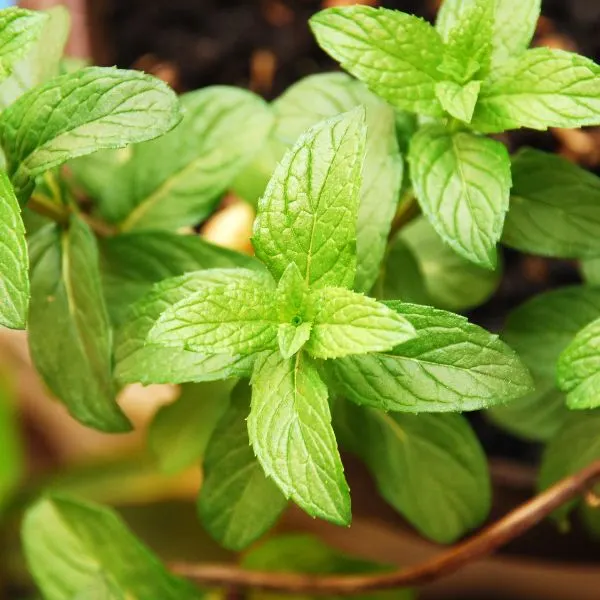
- Botanical name: Mentha
- Sun Requirements: Full sun to partial shade
- Soil Type: Fertile, well-drained soil
Mint is a good match for your melons, but you’ll need to keep the runners from infiltrating your melon’s vines. You can do this by placing it nearby and keeping a close eye on it, or you could make things simply by potting it and moving it close to your melons.
One the mint is nearby, it’s going to help to keep away flea beetles and aphids and let’s face it, the scent that you’ll get to smell fresh every day sure is a fantastic perk!
3. Catnip
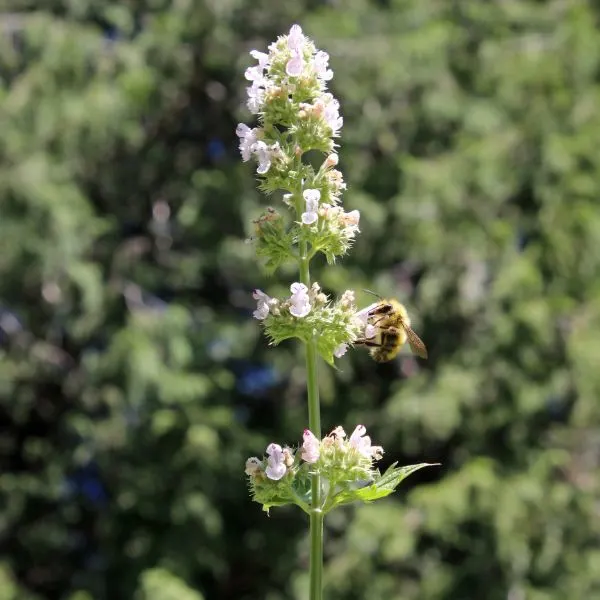
- Botanical name: Nepeta cataria
- Sun Requirements: Full sun
- Soil Type: Sandy or loamy, well-drained, slightly acidic
Catnip has medicinal uses for humans but come on… we know you’re growing it for your cat! Provided that you pot it or simply put it close to your watermelon and keep it from spreading, Catnip can do more than just make your kitty extra happy – it also repels a lot of insects. Cockroaches, flies, mosquitoes, and a lot of other pests really don’t like the smell of it.
If you go with this, however, we recommend going the potted route – this will help you to keep it from spreading and if a neighbor cat gets wind of it, you can easily relocate it so that your own cat won’t be upset!
4. Basil
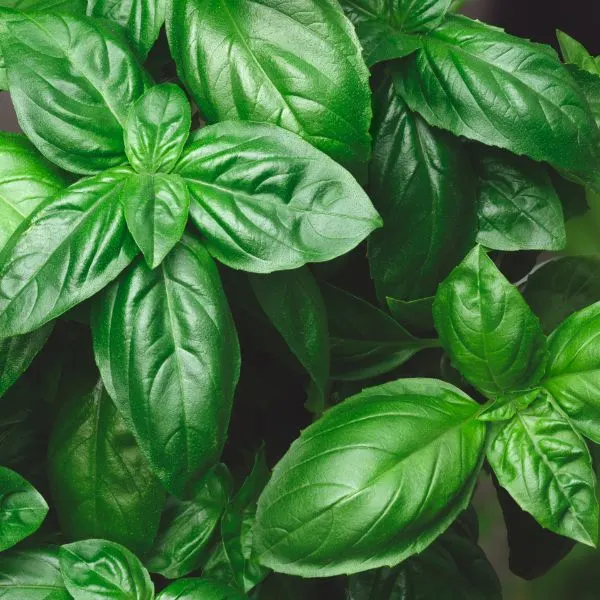
- Botanical name: Ocimum basilicum
- Sun Requirements: Full sun
- Soil Type: Fertile, moist, and well-drained
It’s a real treat to have fresh Basil for your making your favorite dishes and it just so happens to be a great companion for melons! Planted nearby, it helps to keep away flies, mosquitoes, and those pesky thrips that are eyeballing your melons. You can put it in the rows next to your melons or simply utilize it to make a living border that will help to keep them safe ‘til harvest time.
5. Oregano
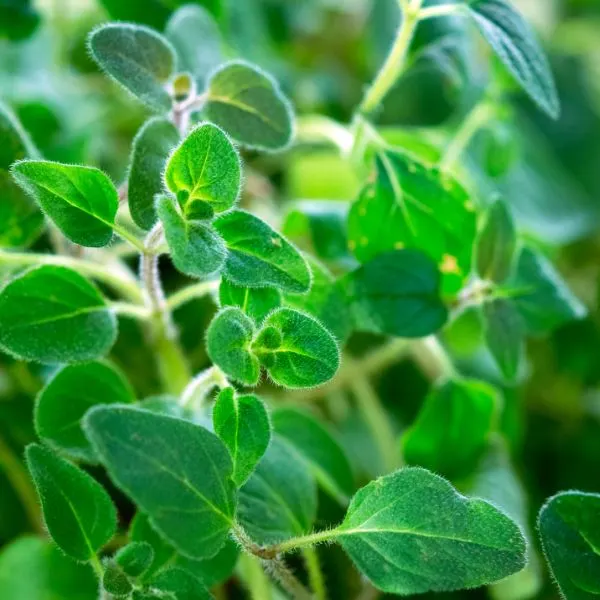
- Botanical name: Origanum vulgare
- Sun Requirements: Full
- Soil Type: Sandy and well-drained
Oregano and melons aren’t really the first plants that you think of for potential garden-mates, but as it turns out they get along surprisingly well. While oregano will grow to be about a foot and a half, its root system won’t quite dig as deep as your melons will. As a result of this, The Oregano is able to take what little water it needs, while your thirsty melons will drink up all the rest.
This means you won’t have to worry much about overwatering your oregano and your melons will also get some insect repellant perks from the scent of the oregano in the air.
6. Echinacea
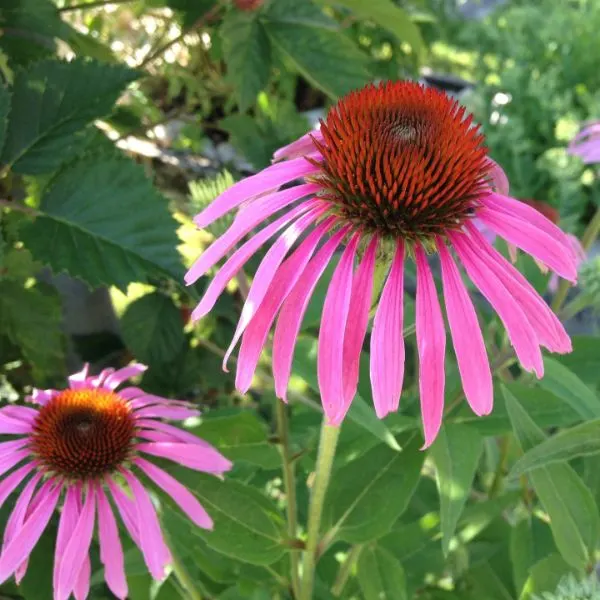
- Botanical name: Echinacea
- Sun Requirements: Full to partial sun
- Soil Type: Sandy, well-drained loam
Also known as Coneflower, Echinacea is great for your immune system and it may also be grown next to melon rows for a little color and to attract pollinators to your garden. Birds like the seeds and these plants will also attract butterflies who happen to love the nectar that Echinacea will produce for them.
Healthy Veggies and delicious fruits
7. Lettuce
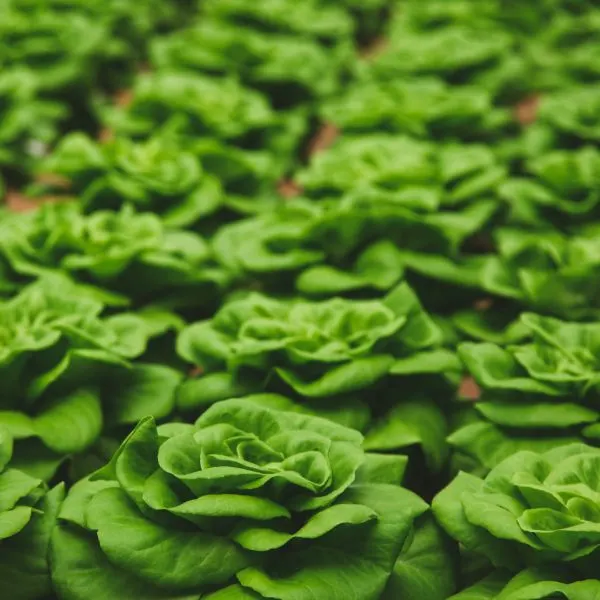
- Botanical name: Lactuca sativa
- Sun Requirements: Full sun or light shade
- Soil Type: Loose, well-drained soil
Forget about relegating this companion to a spot between the rows, lettuce can actually be interspersed with your melons and it will give some light shade and also help to keep those pesky weeds away. It’s a nice little arrangement and since lettuce matures quickly, by the time it’s ready to harvest then you’ll have free space for your vining melons exactly when you need it!
8. Radishes
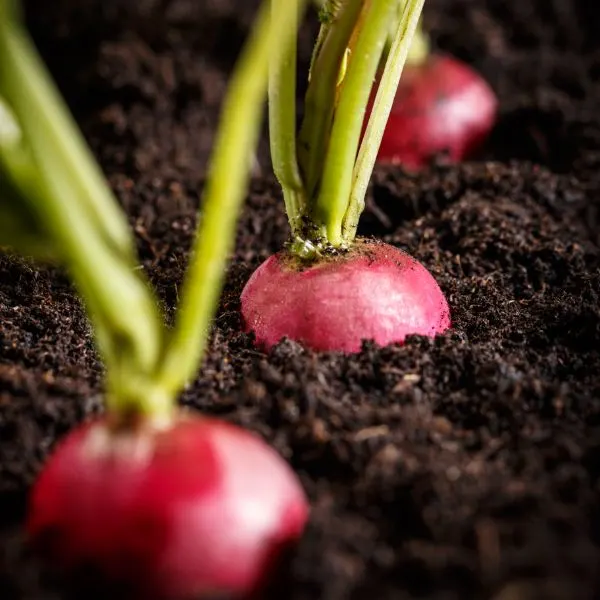
- Botanical name: Raphanus sativus
- Sun Requirements: Full sun
- Soil Type: Light, sandy, and well-drained soil
Radishes, like lettuce, will grow well with your melons and they’ll also chip in a little to earn their keep. First off, they’ll provide a little light shade for when it’s hot outside and next, they’ll fill the space nicely and keep the weeds from moving in. Finally, aphids that would otherwise eat your melons will be attracted to the radishes leaves – but don’t worry about the,
Those lovely, green radish leaves will make the aphids stick out like a sore thumb, so that ladybugs and other natural predators will have a feast waiting for them when they arrive.
9. Pole Beans
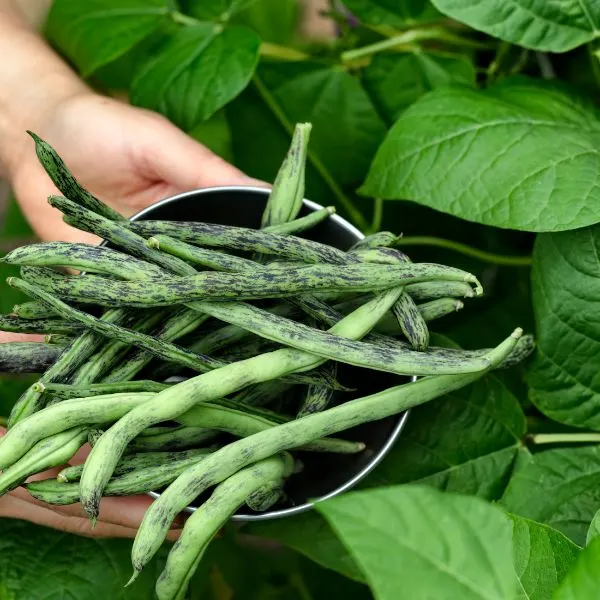
- Botanical name: Phaseolus coccineus
- Sun Requirements: Full sun
- Soil Type: Clay or silt loam, well-drained, slightly acidic to neutral
Pole beans can make great companions for your melons, you’ll just want to be careful where you plant them so that they don’t shade your melons too much. Once in place, those beans will do a little trick where they take nitrogen from the air and convert it into an additive for the soil. This will help both the beans and the melons as your melon vines will make good use of that nitrogen to grow up healthy and strong.
10. Okra

- Botanical name: Abelmoschus esculentus
- Sun Requirements: Full sun
- Soil Type: Well-drained sandy soil, neutral to slightly acidic
Okra may be planted next to your melons and since they both need a lot of water and sunlight, they’ll really get along well in the garden. Just remember that okra can grow as tall as 4 feet, so you’ll want to keep it all on either the east or west side and with plenty of room for your melon vines to run. That way your melons will still get full afternoon or morning sun and everybody should be happy!
11. Garlic

- Botanical name: Allium sativum
- Sun Requirements: Full sun
- Soil Type: Loamy and well-drained, with lots of organic matter
Garlic and melons sound like an odd couple, but it’s actually a good pairing as long as you place the garlic strategically. The best way to do it is to either keep the garlic potted and close, or simply plant it next to the melon rows where it’s nearby, but won’t be close enough to interfere with the melon’s roots.
The scent of the garlic will help to keep the pests off of your melons and it’s a nice perk that you’ll be thankful for come harvest!
12. Corn

- Botanical name: Zea mays
- Sun Requirements: Full sun
- Soil Type: Loamy soil with lots of nitrogen
Corn may be grown with melons and the two will be the best of buds, but you might want to intersperse a little basil in there or another natural repellant plant that won’t tax the soil’s resources. This is because like your melons, corn is vulnerable to thrips, but with a repellent like basil in place then all plants should grow up happy and strong.
If you are familiar with the ‘Three Sisters’ method of growing corn, squash, and pole beans together, then you should know that this will also work quite well with melons! The corn can trellis your pole beans, the watermelons will keep the weeds out, and all plants will interweave and produce a yield you’ll be tickled pink about.
13. Cabbage
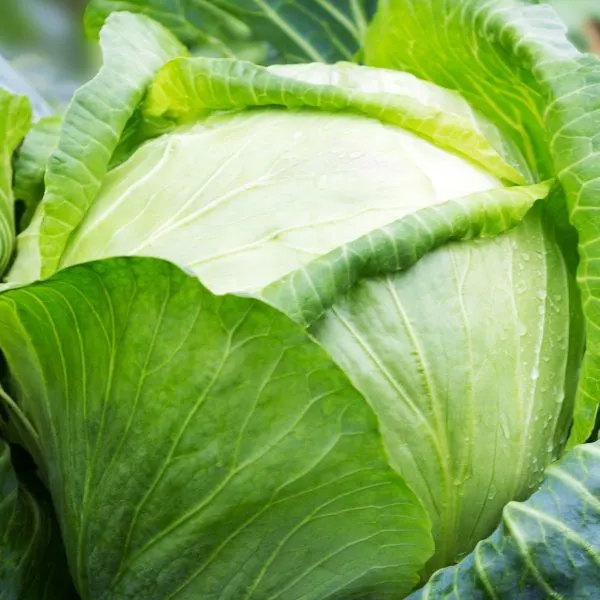
- Botanical name: Brassica oleracea var. capitata
- Sun Requirements: Full sun
- Soil Type: Fertile, well-drained, and moisture-retentive
If pests are eating up your melons like crazy, then a little strategy that you can try is to plant cabbage as a companion which doubles as bait for those insects. What you do is put it at the end of your rows, but not close enough so that it will be a problem for your melon’s vines or roots.
A small planting of these can be a great lure although we should mention that it won’t be a wonderful time for the cabbage!
Ornamental additions
14. Nasturtium
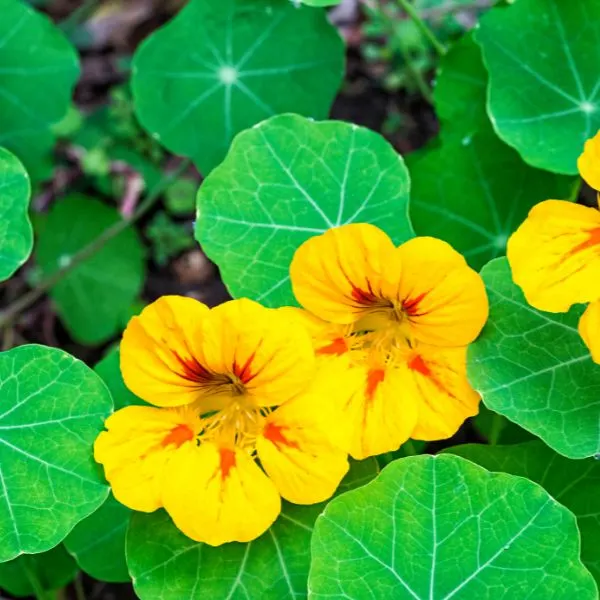
- Botanical name: Tropaeolum majus
- Sun Requirements: Full sun
- Soil Type: Fertile, well-drained
Nasturtium is a lovely perennial that will not only add bright, orange flowers to your garden, but which also acts as a nice ‘trap plant’ for pests that might otherwise eat your melon. Nasturtium is actually completely edible, each and every part, and this will attract caterpillars and aphids away from your melons and if you plant it with pole beans, then the nasturtium will draw pests, while the beans spike nitrogen in the soil, and the difference you’ll see in your melons is enormous! It’s well-worth a try if you’ve never planted this trio before, but even just Nasturtium and melons is a propitious pairing.
15. Marigolds
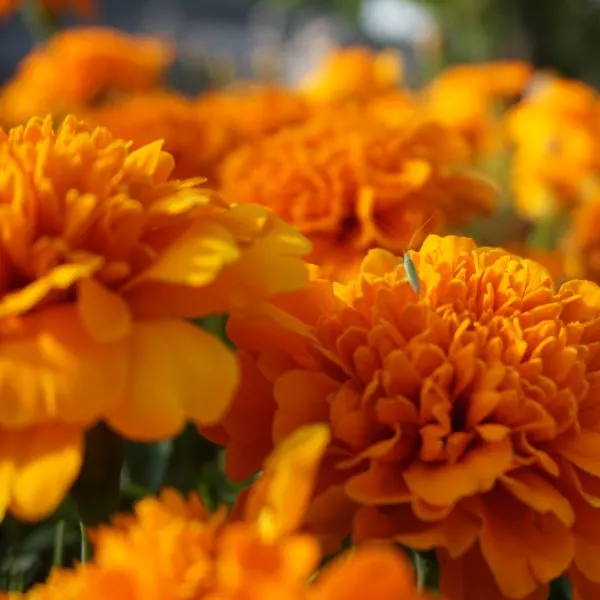
- Botanical name: Tagetes
- Sun Requirements: Full sun
- Soil Type: Loamy, well-drained
Planted near (but not in the same container or bed), Marigolds make a beautiful companion for your melons that will also drive away cucumber beetles, aphids, and a lot of other pests that make your life miserable. They also come in a number of lovely colors, so you can really have a lot of fun with this pairing just picking out the colors and watching both plants thrive.
16. Dwarf Bee Balm
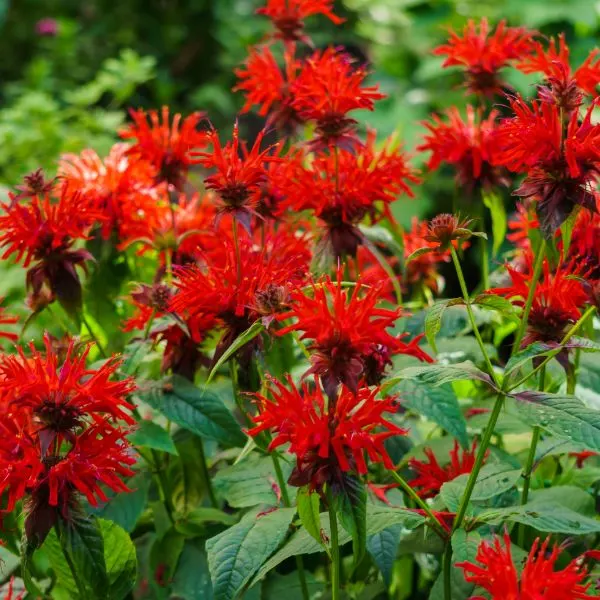
- Botanical name: Monarda didyma Petite Delight
- Sun Requirements: Full sun
- Soil Type: Moist soil, rich with organic matter
Bee balm is a great choice for adding beauty and utility to your garden, as it attracts beneficial insects that can gobble up aphids and help pollinate your melons and other plants. The Dwarf variety is recommended so that you won’t have to worry about it taking up a lot of space and spreading too quickly, and you’ll enjoy seeing those fluffy flowers, colorful every time you visit or tend your garden.
17. Poppies

- Botanical name: Papaver rhoeas
- Sun Requirements: Full sun
- Soil Type: Rich, loamy, and well-drained
Poppies are another pollinator option that comes in a variety of colors for you to choose from. Aside from attracting beneficial insects, poppies are also ideal in that they will give you lovely flowers, but you won’t have to worry about your melons not getting enough light.
18. Snapdragons
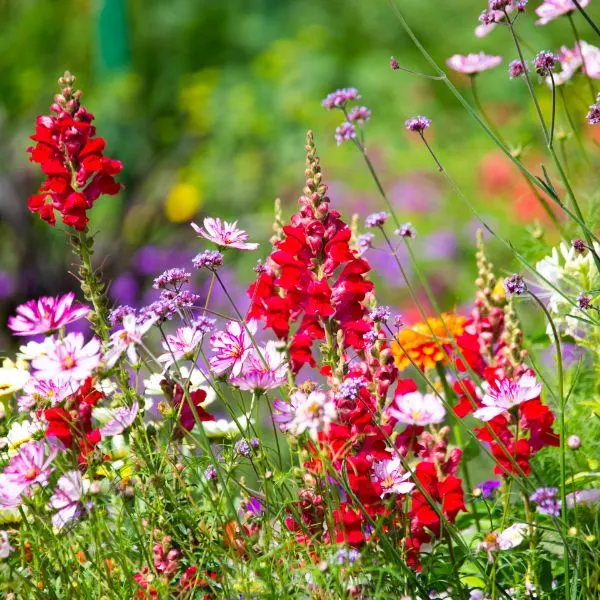
- Botanical name: Antirrhinum majus
- Sun Requirements: Full sun
- Soil Type: Rich, well-drained, and neutral
With a typical width of 3 feet, and a height of around 15 inches, Snapdragons bring a lot of color for such a petite option. Paired with your melons, they’ll lure in pollinators, but you need to plant them strategically for this pairing to work out. Put them on the end of your rows on each side and make sure that you put them where they won’t meet the melon’s roots. That way, they won’t compete, and both plants will be happy with this arrangement.
Bad companions for Melons
Since there are plants that get along together, it’s only natural that you’re going to find some that definitely DON’T. In the sections below, we’ll share some common pairings that we do not recommend so that you can avoid any nasty surprises when you are choosing companions for your melons. If you’re ready, here are the ‘bad guys and gals’ where your grapevine is concerned.
1. Squash
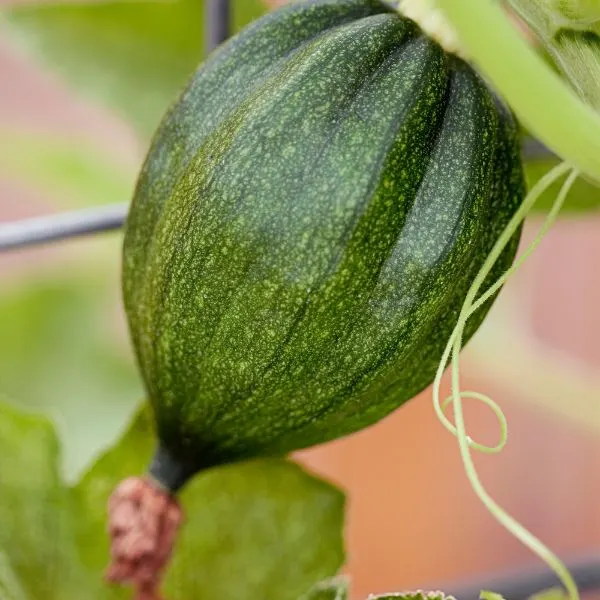
While a lot of plants will get along with your melon, squash is definitely not one of them. Aside from attracting lots of pests by having your squash and melons close together, the big problem is going to be the ensuing ‘vinefight’. Both plants will attempt to twist and twine their vines to places where they can get the most sunlight, and as a result both plants will do poorly and worse – it’ll be over a much larger area than you’d planned for them.
2. Potatoes
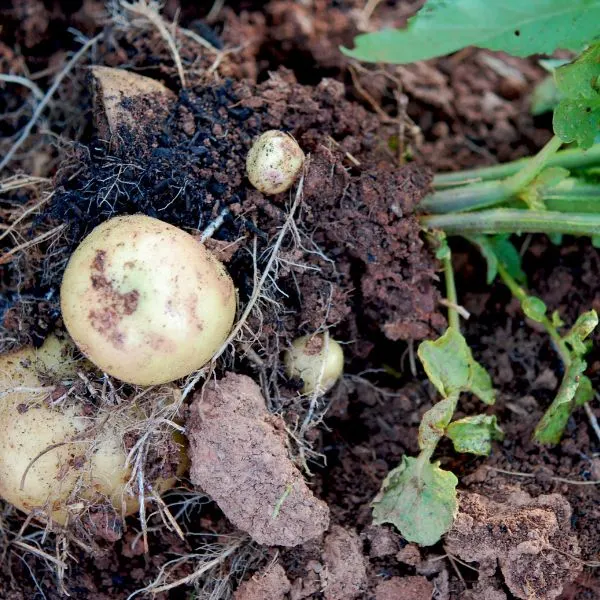
Potatoes are nice to have in your garden, just be sure to keep them far away from your melons. The problem with potatoes is chiefly going to be the aphids that it will attract. Melons are already aphid magnets, and with potatoes helping to increase the aphid pool you’ll have them to deal with, as well as the hungry ants that will show up to eat them. It’s just not a good fit.
3. Pumpkins
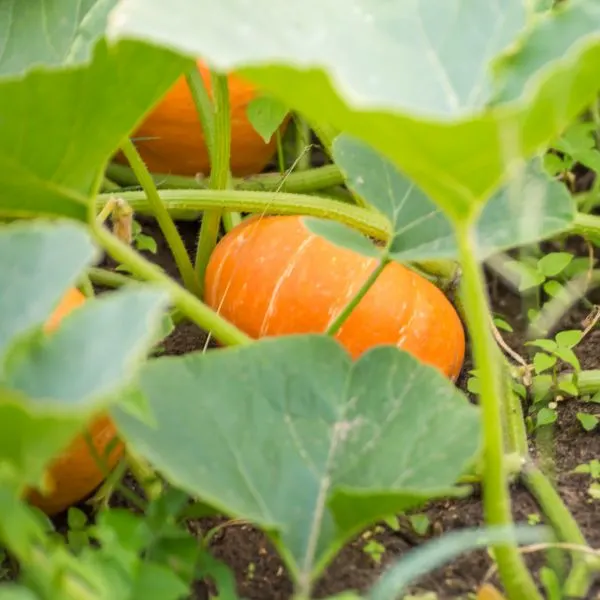
Like squash, pumpkins are going to attract pests like squash bugs, cucumber beetles, aphids, and more. Aside from this inconvenience, we also have a ‘vine fight’ scenario in the making if you decide to place these two together. It’s probably best to put each on their own sides of the garden and keep it that way!
4. Sunflowers
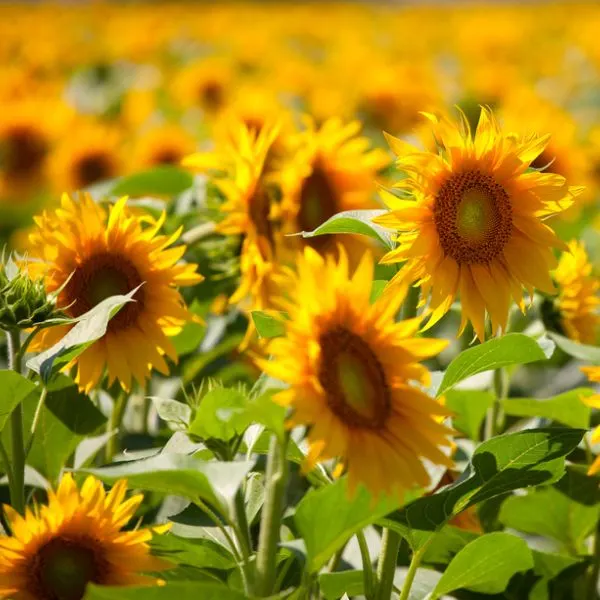
Sunflowers are a pretty addition to any garden, but you should keep them at a good distance from your melons for a very practical reason – aphids. These little guys and gals love sunflowers and since melons already attract enough aphids on their own, the sunflower’s presence might tip those numbers up considerably and you won’t like what happens!
5. Cucumbers

Our final bad companion is the good ol’ cucumber. As you might guess, the vining variety is going to have a bit of ‘vine wrestling’ going on if you plant them close to your melons, but the bushy variety of cucumbers is not such a good fit, either. It will shade out the melons and even if you placed them strategically, the final problem is the sheer amount of insects that will want to visit that patch of your garden if these two plants are hanging out together.
So, keep those Cukes away and both they are your melons will be all the better for it!
FAQs
It’s just about time for us to wrap things up here, but before we take off we thought that we would share some frequently asked questions about companion planting with melons. In the sections below we’ll give you those questions and answers and we hope that you’ll find this information useful.
Let’s take a peek!
What other plants don’t play well with melons in your garden?

Pretty much any other vining plants should be considered better off somewhere else in your garden. Squash, both summer and winter varieties will not get along with your melons, and peppers or tomatoes will compete with your melons for space and resources. As such, it’s best to give them their own turf and keep them well away from your melons.
Can you plant different types of melons together as companions?
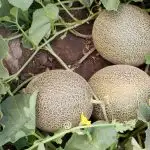
If you are thinking about companion planting your melons with different types of melons, we really don’t recommend it. Some pairings will work, such as watermelon and cantaloupe, but otherwise you might end up cross-pollinating and then things can get a little weird.
As such, if you want to grow a lot of different types of melons, it’s better to separate them from each other and give them different companion plants of your choice.
What is the best intercropping companion for watermelon?
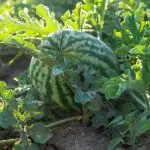
Probably the best option for a companion, if we really had to narrow down the list, would be a plant that helps to keep cucumber beetles from making a meal of your melons. Choices that would work for this include Nasturtium, Radishes, and Tansy. Each of these plants will help to drive those hungry beetles away and this will help to take one of the worst melon pests out of the equation.
Some final words for companion plants for your melons
In this article we’ve explored some of the best and worst companion plants for melons, and while this will give you a good foundation to get started, keep in mind that it’s just the tip of the iceberg. There are quite a lot of companion plans that will do well with your melons, so we recommend starting with some of our examples and when you see the benefits firsthand, then it’s time to experiment a little to see what you can learn.
Companion planting resources are available online and you can also simply use a little of what you know about each plant you are considering and simply give it a try. It’s one of the best parts of gardening, really, and who knows? You might just find the perfect companion plant or plants that no one else has figured out yet!
Until next time, we’d like to thank you for your visit and we hope to see you again soon!
More companion plants
